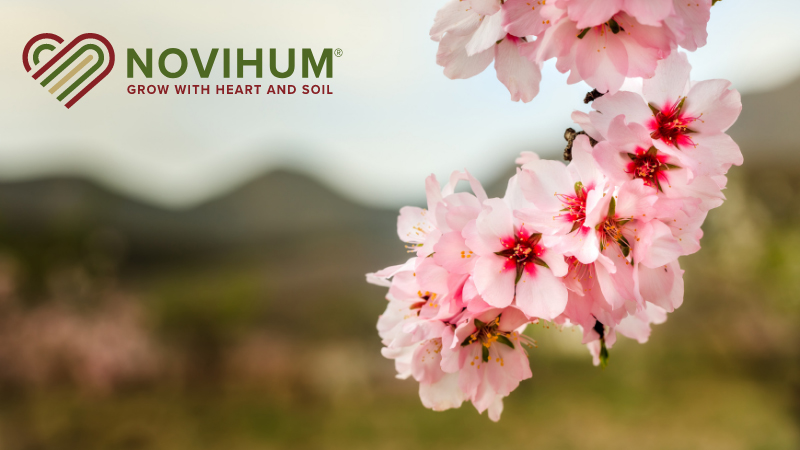How Are This Year’s Wildfires Impacting Specialty Crops?
 It’s been a rough year for wildfires. The U.S. has seen record-breaking fires that blanketed smoke over some of the largest produce growing regions. As this is being written, 15,800 firefighters are working to contain 97 large fires nationally, according to the National Interagency Fire Center. Five new ones have started: three in Utah and one each in Nevada and Idaho.
It’s been a rough year for wildfires. The U.S. has seen record-breaking fires that blanketed smoke over some of the largest produce growing regions. As this is being written, 15,800 firefighters are working to contain 97 large fires nationally, according to the National Interagency Fire Center. Five new ones have started: three in Utah and one each in Nevada and Idaho.
How are vegetable and fruit crops being impacted by the smoke?
There isn’t much historical data to fall back on. “We don’t have a lot of research on smoke because it’s not something that we encounter frequently,” Tim Waters, a regional vegetable specialist for Washington State University, told NPR.
So we reached out to Extension agents throughout the affected areas to get reports.
Columbia Valley: Loss of Sunlight Will Hurt Potato Harvests
Waters, who serves the Columbia Valley in Washington, says its sun-drenched climate is ideal for crops like potatoes.
There has been heavy smoke coverage for more than two weeks, reducing sunlight, he told a local news radio station. That will likely delay harvest, which will likely be made up of slightly smaller potatoes, lowering the yield a little.
There’s also an increased chance for soil-borne pathogens, since more vines than usual will die off.
On the positive side, soil may be cooler, which should increase tuber quality. And smoke means there will be extra CO2 in the air, which plants like.
Those growers who have two crops in the season will likely see delayed harvests.
Columbia Basin: Beans Showing Signs of Air Pollution Damage
Beans act as a canary in the coal mine in the Columbia Basin, says Carrie Wohleb, Associate Professor and Regional Specialist – Potato, Vegetable, and Seed Crops, Washington State University. They show problems faster than other crops.
“We have had some bean crops with symptoms of air pollution injury in the Columbia Basin of Washington this year. The growers think they are seeing spider mite feeding injury and/or bacterial blight symptoms. But there is no pest or pathogen associated with the problem,” she says.
So far, other crops are OK, she says.
“In the past, we have seen symptoms on potatoes, sweet corn, alfalfa, and squash. But that is usually when the temperatures are high, the fires are nearby, the smoke is heavy, and air inversions are keeping the smoke close to the ground,” she says.
Having the fires late in the season instead of at the beginning helps. “The earlier the fires and smoke are, the worse the problems (I think),” she says.
Disease may be a bigger problem.
“The smoke tends to moderate the temperatures (which is good), but also creates a more humid environment with longer periods of leaf wetness. This increases problems with diseases like white mold on beans, downy mildew on onions, and late blight on potatoes,” Wohleb says.
Yolo, Solano, Sacramento Counties in California: Sunburn Looks Different
Yield will probably not be affected, says Margaret Shake Lloyd, Small Farms Advisor, University of California Cooperative Extension. Sunburn is an issue in the area, so smoke problems are balanced out by less sunburn.
But those crops that have sunburn may give growers some headaches.
“We saw a different sunburn appearance on fruit,” Lloyd says. “The appearance was different, lacking the typical sunburn ‘blister’ and having a more even yellowing/orange look. It’s being confused with ripening. It’s not a major issue, but rather a new symptom to identify.”
Salinas Valley: Dodge a Bullet
With its location close to the Pacific, with a ring of mountains protecting it, the Salinas Valley hasn’t had as much smoke as other Northwest growing regions.
“I talked with a couple of vegetable growers, and they have not seen any reduction in yield with the smoke. We have only had a handful of days with heavy smoke in the Salinas Valley,” says Richard Smith, Vegetable Crops and Weed Science Farm Advisor, University of California Cooperative Extension.
Workers Struggling with Smoke
Workers are struggling to get the needed hours in, NPR reports in its article on the fires.
Even with masks, growers are sending the crews home at midday on the smokiest days. It’s complicating an already stressed labor situation, with shortages, the article reports.










